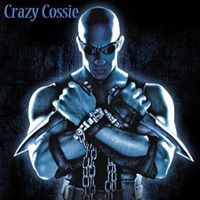As of 2019, how many horses have won the English Triple Crown?
The Triple Crown of Thoroughbred Racing, often shortened to Triple Crown, comprises three races for three-year-old thoroughbred horses. Winning all three of these thoroughbred horse races is considered the greatest accomplishment in thoroughbred racing. The term originated in mid-19th century England and nations where thoroughbred racing is popular each have their own Triple Crown series.
In Great Britain, where the term Triple Crown originated with West Australian's three wins in 1853, it is made up of:
The 2,000 Guineas Stakes, run over 1m (1,609 metres) at Newmarket Racecourse in Newmarket, Suffolk. The Derby, run over 1m 4f and 10y (2,423 metres) at Epsom Downs Racecourse in Epsom, Surrey. The St Leger Stakes, run over 1m 6f and 132y (2,937 metres) at Town Moor in Doncaster, Yorkshire
Since the 2,000 Guineas was first run in 1809, fifteen horses (including three winners of substitute races at Newmarket during the First World War) have won the English Triple Crown. The most recent – and only winner since World War II – was Nijinsky, in 1970. For many years, it was considered unlikely that any horse would ever win the English Triple Crown again.
The winners are: West Australian (1883), Gladiateur (1865), Lord Lyon (1866), Ormonde (1886), Common (1891), Isinglass (1893), Galtee More (1897), Flying Fox (1899), Diamond Jubilee (1900), Rock Sand (1903), Pommern (1915), Gay Crusader (1917), Gainsborough (1918), Bahram (1935), and Nijinsky(1970).
More Info:
en.wikipedia.org





